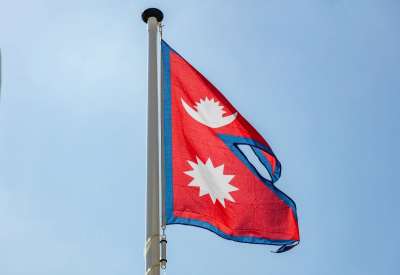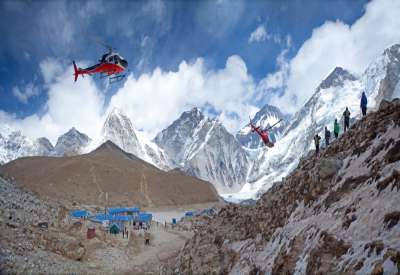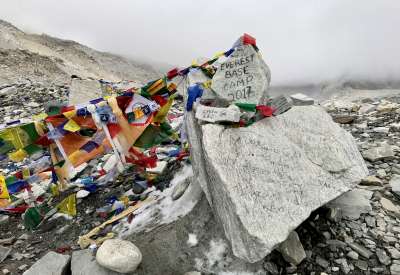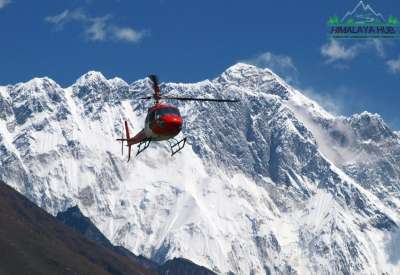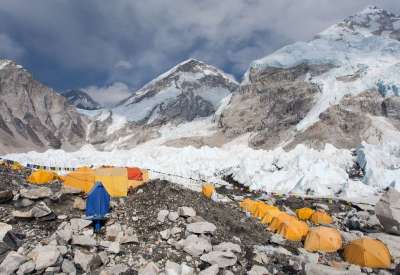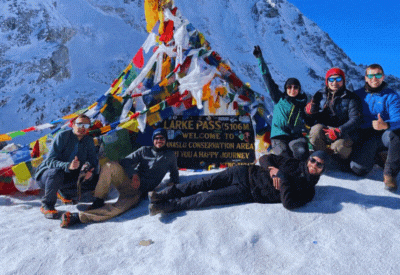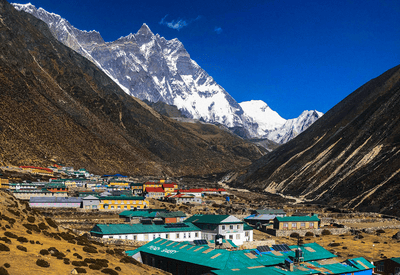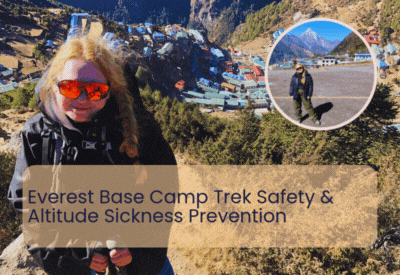Altitude Sickness
Altitude sickness, commonly known as acute mountain sickness (AMS), is a condition in which the body's ability to adapt to low oxygen levels at high altitudes fails. It can produce headaches, nausea, vomiting, dizziness, exhaustion, appetite loss, and problems while sleeping. If neglected, it can develop into more serious problems including high-altitude pulmonary edema (HAPE) or high-altitude cerebral edema (HACE), both of which can be fatal.
To avoid altitude sickness, it is critical to properly acclimate by gently rising, staying hydrated, and giving your body time to adjust to the altitude. If symptoms intensify, it is best to descend to a lower altitude and, if required, seek medical attention.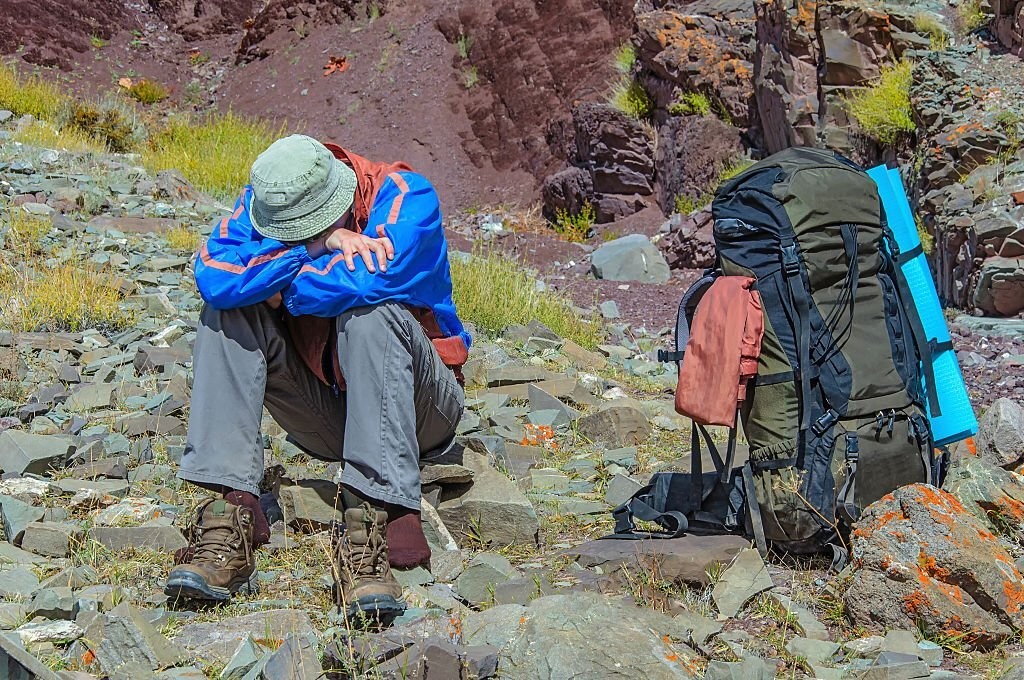
Dehydration
Another significant health danger on the Mardi Himal trek route is dehydration. It happens when the body loses more fluids than it gains. It might produce thirst, dry mouth, headache, dizziness, weakness, disorientation, and decreased urine production. If not addressed, it can progress to more serious problems such as heat exhaustion, heat stroke, or kidney failure.
To fight this, consume plenty of fluids, particularly water, and avoid excessive caffeine and alcohol usage. Carrying a water bottle and employing water purification pills or filters can help to provide a safe and sufficient supply of water.
Diarrhea
Another significant health danger on the Mardi Himal trek route is diarrhea. It happens when your bowel movements become liquid and loose. It can be caused by a variety of reasons, including bacterial or viral infections, food poisoning, parasites, allergies, or dietary changes. It might induce abdominal cramps, bloating, nausea, vomiting, and fever. It can cause dehydration, electrolyte imbalance, and malnutrition if left untreated.
The most effective strategy to avoid diarrhea is to maintain excellent hygiene and food safety. Before eating or drinking anything and after using the restroom, wash your hands with soap and water. You should also avoid consuming raw or undercooked meat, eggs, or dairy products, as well as unwashed fruits and vegetables, street food, ice cubes, tap water, and anything that appears or smells suspect.
Hypothermia and Frostbite:
While the Mardi Himal Trek Route leads you up to higher altitudes where temperatures can drop dramatically, the risk of hypothermia and frostbite increases. Dressing in layers with appropriate thermal apparel, including a windproof and waterproof outer layer, can aid in temperature regulation. Frostbite can be avoided by wearing gloves, socks, hats, and face masks to protect exposed skin, particularly the fingers, toes, ears, and nose. Warming up near fires and staying dry are also important strategies for reducing these dangers.
Physical Injuries:
Physical injuries are always a danger when trekking across difficult terrain. Uneven surfaces or inadvertent slides can cause twisted ankles, strains, and sprains. To reduce these hazards, it is critical to wear strong and appropriate footwear with ankle support. Taking regular rest and stretching periods prior to and following trekking can help reduce muscle tiredness and injury.
Sunburn and UV Radiation:
As altitude increases, hikers are exposed to more UV radiation, which can cause sunburn along with additional damage to the skin. To protect yourself from the sun's harmful rays, use broad-spectrum sunscreen with a high SPF and wear a wide-brimmed hat, sunglasses, and protective clothes. Reapply sunscreen on a regular basis, even during cloudy days when UV rays can still infiltrate through the clouds.
For hikers looking to see the unspoiled splendor of the Annapurna region, the Mardi Himal Trek Route is a compelling adventure. While the trek promises breathtaking views and amazing experiences, it is critical to be ready for potential health hazards and take necessary precautions. Trekkers can assure a safer and more enjoyable trekking trip by identifying and managing concerns such as altitude sickness, dehydration, digestive problems, cold, physical injuries, and sunburn. Prior planning, acclimatization, staying hydrated, adhering to basic hygiene habits, and carrying the required medications and protective clothing are all important measures in mitigating these health hazards. With sufficient measures in place, you may go on your Mardi Himal experience with confidence, realizing you are well-prepared to overcome both the physical challenges and the breathtaking beauty of the mountain. Stay Safe and Enjoy the beautiful Mardi Himal Trek.


